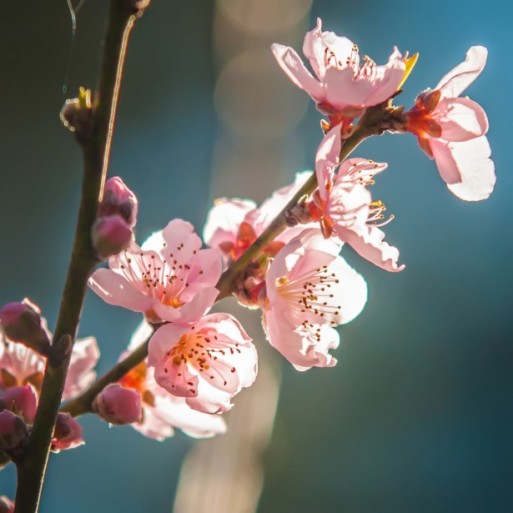I was walking through the neighbourhood yesterday enjoying the gentle sunshine and I saw a beautiful magnolia tree in bloom. Here is the photograph I took:
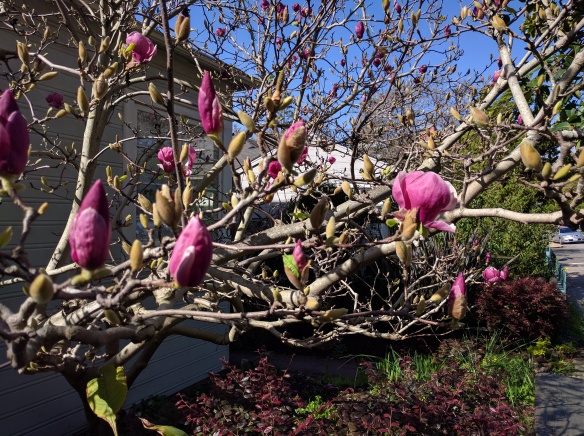
Lovely though this is, I was disappointed. What I saw in my mind’s eye as I looked upwards to the sky was an image like this Chinese watercolor of magnolia blossoms:
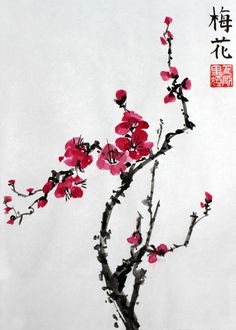
Although I must have been able to ‘see’ every branch and the background details of the California magnolia tree because they were reflected on my retina, I was focussing my attention on a few isolated branches and delighting in the beauty of the blooms. So appreciated it as a scene that looked like a Chinese watercolor – I remember thinking that as I looked at it. Then when I tried to take the snap I couldn’t isolate a single branch in the photograph.
It is part of the skill of the artist, to know what to leave out without it giving the impression that something is missing. Chinese and Japanese naturalistic artistic tradition has developed very well the representation of what is in our mind’s eye – what we are noticing and missing out what is present but unnoticed.
This is a skill that Christian artists, whether European (or Chinese or Japanese for that matter) should develop, for man is made to see nature in a certain way, so that in his appreciation of its beauty, he is drawn beyond it to the Creator. For traditional Chinese painters, the beauty of nature directed them to ‘heaven’, albeit an empty heaven, a place of perfect order but without God. Nevertheless the understanding of man’s natural way of looking at nature that is reflected in their paintings is consistent with devices that Christian artists used in, for example, baroque art. The baroque artist sought to direct the viewer to the Creator in heaven.
This similarity of purpose is why historically, when European and Far Eastern cultures have met, the artistic styles have fed naturally into one another. For example, when artists in France in the 19th century saw compositions that looked like this:

It affected their compositional style. When Van Gogh wanted to represent beautiful almond blossom, he did it like this:
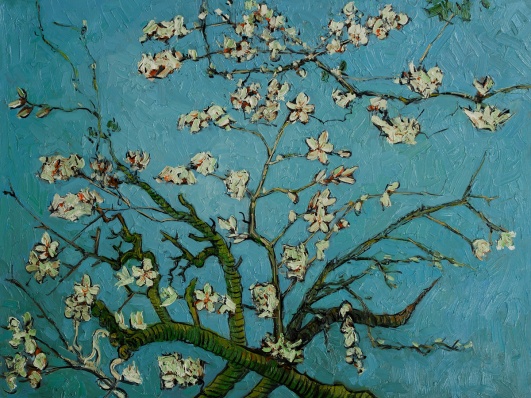
Botanical artists have always approached the subject in a similar way. Although this is to highlight the main features of the species for scientific classification, they are painted with the eye of an artist who sees the beauty in the subject too. This one is by Mary Hardin:
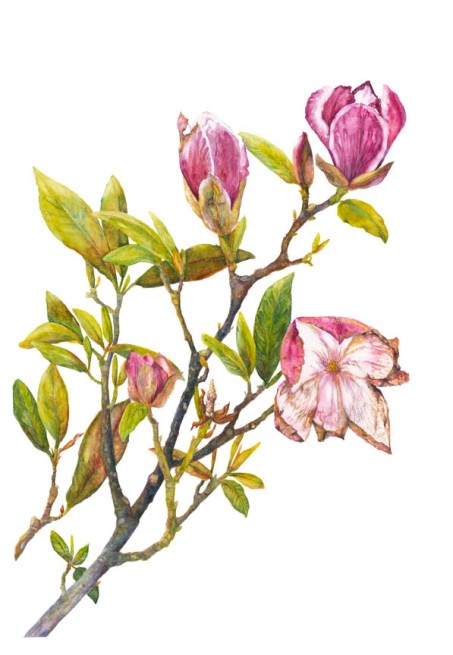
It is this emphasis on drawing and observation that is consistent with a Christian worldview that causes me to encourage people want to learn to draw and paint to spend some time learning this style of painting. What you learn would have application in many other styles of art, including sacred art, I suggest.
So does this reduce photography to a lesser art? Not all. The skilled photographer is not the slave of his tool, but the master of it. He knows how to use a camera to draw out just the same things. He has to draw our attention to the natural foci of interest in a different way to that of the painter, however, using compositional sense (varying the angle of view and controlling the framing of the image for example); varying focus. This is why I am not averse to electronic manipulation of the image using computer technology. While it can be used badly, ie alteration of the female form in glamor photography so as to encourage a disordered reaction, it can also be done well and responsibly. Someone who understands how to use it can, potentially, change what is there so as to draw out invisible tools as much as the painter.
